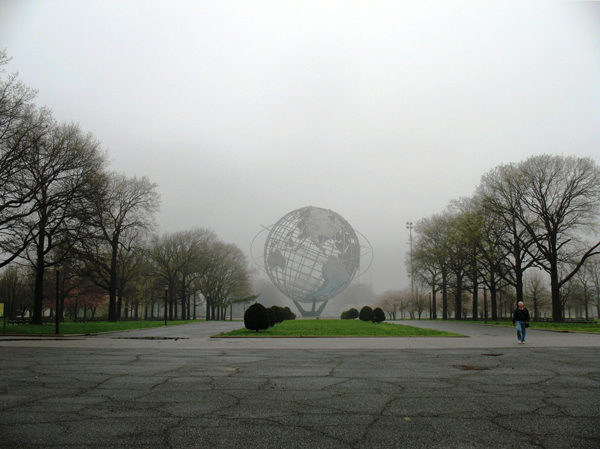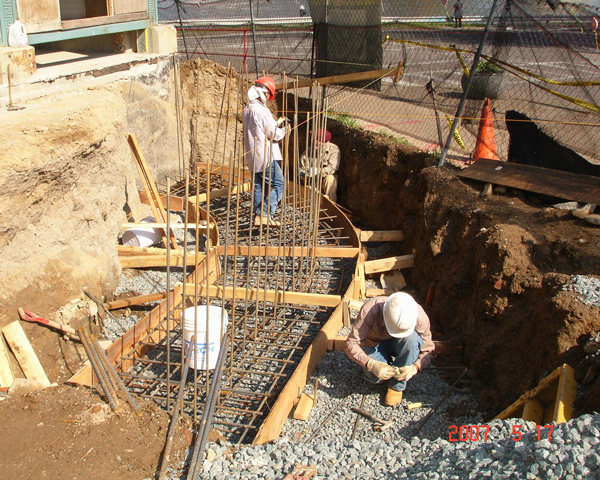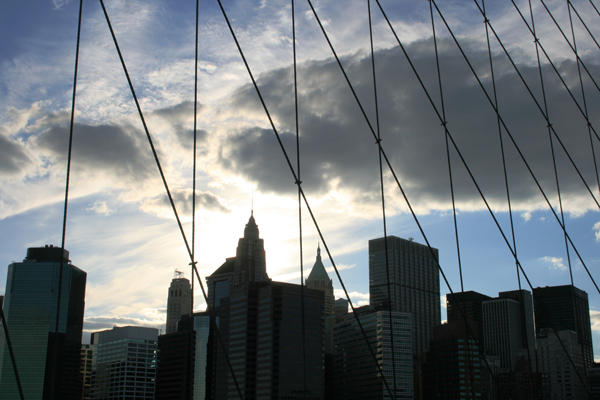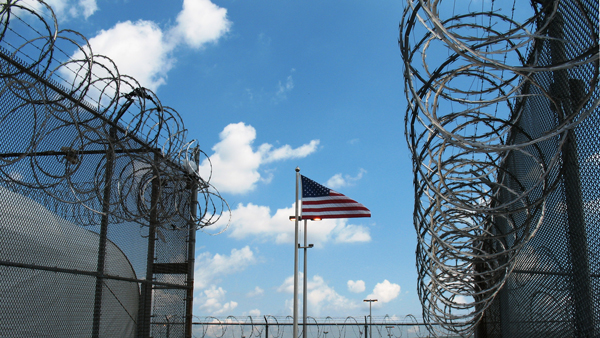World and Man
Flushing Meadow Park
16 x 12 in.
$295 - framed
$200 - unframed

“You can use a point to get to the whole world, and New York is a good place to begin to be fair to reality as such.“ Thinking about Mr. Siegel’s words, I was affected to realize that the “New York-centric” point of this photograph is the world—or at least a representation of it: the Unisphere, one of the few surviving structures of the 1964 World’s Fair in Flushing Meadows-Corona Park, Queens. But just as important to me in taking this shot was that lone man, a particular person who could symbolize all the people who populate that globe, those who came from far away to see the Fair then, and the thousands who continue to come to start a new life in nearby Flushing, and bring their children here to play every day. I thought the foggy sky made for a feeling of mystery and timelessness even as the green of that rectangle of grass is so vibrantly emphatic. The globe’s round shape is echoed in the self-contained ball-like shrubs at its base, and the outward speading branches of the trees.
10 x 8 in.
$200 - framed
$125 - unframed

Here's a familiar New York scene: three different men, including one wearing a red turban, work on different tasks for one purpose—to ready the formwork and reinforcing bars for the pouring of concrete; and the sweeping curves of that formwork and rich brown embankment tie them together visually.
Years ago, despite my being an architect, this would have been the last thing I'd photograph. I was interested in the finished beauty of a building, not its messy construction; let alone construction workers whom, at the time, I felt superior to. Aesthetic Realism's criticism of that contempt not only made me more respectful, but a better photographer.
I thought about cropping the frame tighter—in order to highlight the workers and remove some of their busy surroundings. But then I saw how the white-helmeted man in the foreground was related to the white bucket across from him, just as his standing colleague in the orange helmet was in counterpoint to that jaunty orange safety cone across from him. Together they form a parallelogram or diamond shape in the center.
18 x 12 in.
295 - framed
$200 - unframed

Walking across the Brooklyn Bridge one late Sunday afternoon, I was struck by the up and down silhouette of the lower Manhattan skyline against the drama of gathering clouds sparring with the still strong beams of the setting sun. However, those soaring Roebling cables which I loved so much now formed an intrusive web between me and my subject, so I picked up my pace, hoping to get across the bridge before it became too dark. But realizing I couldn't make it in time, I stopped, pointed my camera, looked through the viewfinder, and was happily surprised by what I saw: the criss-crossing diagonals made the shot more, not less, adding motion, rhythm, mischief, to the profound, weighty buildings. How easy it is to regard other things and people as interferences to getting what we want, instead of adding to us, helping us see what we may want even more. Eli Siegel was the critic to explain, "[T]he very self of a thing is its relations, its having-to-do-with other things."
Vernon C. Bain Detention Center, the Bronx
14 x 8 in.
$225 - framed
$140 - unframed

<<Prev Photographer - RETURN - Next Photographer>>